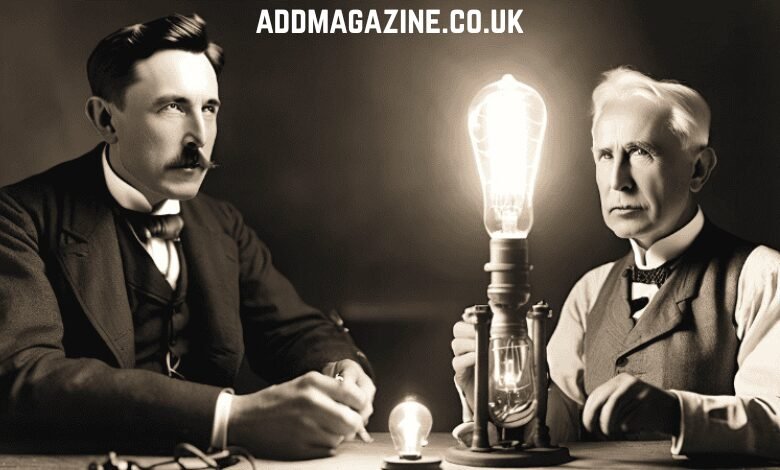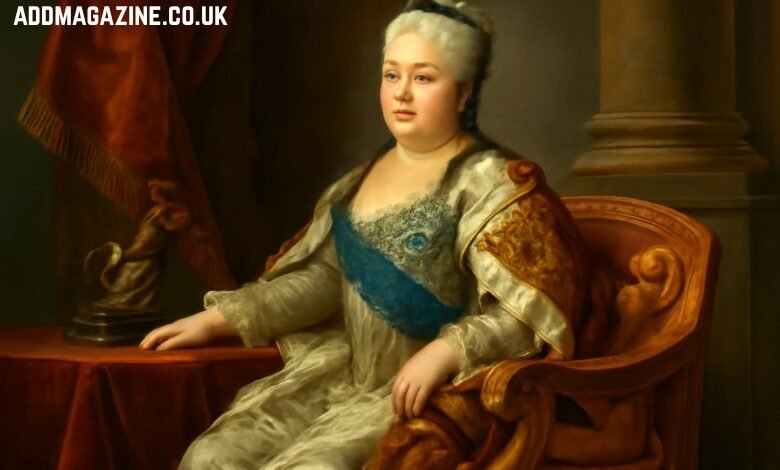The rivalry between Nikola Tesla and Thomas Edison is one of the most fascinating stories in the history of technology. It wasn’t just about who could invent more—it was a race that shaped how we live today. Both men had unique visions for the future of electricity, and their competition changed the world forever.
The Birth of Two Inventive Minds
Thomas Edison, often called the “Wizard of Menlo Park,” was already a household name by the late 19th century. His inventions, such as the phonograph and the incandescent light bulb, made him a pioneer in practical applications of electricity. Meanwhile, a young Serbian engineer named Nikola Tesla arrived in the United States with bold ideas about wireless energy and alternating current (AC).
Edison preferred direct current (DC), which he believed was safer and easier to control. Tesla, however, argued that AC could travel longer distances more efficiently. This disagreement soon escalated into what history now calls the “War of Currents.”
The War of Currents: A Clash of Ideologies
Edison’s DC power systems were already established in major cities, but they faced limitations—electricity couldn’t be transmitted very far without losing power. Tesla’s AC system, on the other hand, used transformers to step voltage up or down, allowing energy to travel across large areas.
This difference sparked fierce competition. Edison launched campaigns claiming that AC was dangerous, even organizing public demonstrations where animals were electrocuted to prove his point. Despite these tactics, Tesla’s system, supported by industrialist George Westinghouse, eventually won. It powered the 1893 World’s Fair in Chicago and later, the Niagara Falls Power Plant, marking the global victory of AC electricity.
Innovation Beyond Electricity
Tesla’s brilliance didn’t stop with electricity. He explored wireless communication, robotics, and renewable energy decades ahead of his time. Some of his concepts even laid the foundation for modern wireless technology. Edison, on the other hand, focused on commercialization—founding General Electric, one of the largest corporations in history.
Their contrasting approaches—Tesla’s visionary genius vs. Edison’s practical entrepreneurship—defined the dual nature of modern innovation: creativity balanced by business sense.
For a deeper historical account of their rivalry and the evolution of electricity, Britannica’s article on the War of Currents provides a reliable overview of this technological turning point.
Why Their Rivalry Still Matters Today
The Tesla vs. Edison debate goes beyond history—it reflects today’s challenges in energy innovation. As the world shifts toward sustainable and renewable energy, Tesla’s AC principles continue to influence how power grids are designed. Meanwhile, Edison’s legacy reminds us of the importance of turning ideas into products that reach people’s homes and lives.
Modern engineers, inventors, and technology reviewers continue to explore how their ideas can merge in the digital age. The lessons learned from their rivalry push innovators to think differently, take risks, and never stop experimenting.
Exploring the Legacy Through Modern Tech Media
Today, platforms like Root Nation help readers stay informed about the latest breakthroughs in technology, gadgets, and innovation. The site’s detailed coverage of tech trends, hardware, and electronics reflects the same curiosity and drive that once fueled inventors like Tesla and Edison.
In one of their most insightful articles, Tesla vs Edison, Root Nation dives deeper into how both inventors shaped the future of technology and what their rivalry means in today’s fast-changing digital world.
Final Thoughts: The Real Winners Are the Dreamers
Looking back, it’s clear that both men were right in their own way. Edison’s focus on practicality helped bring electricity to homes and cities, while Tesla’s futuristic ideas continue to inspire generations of scientists and innovators.
The “War of Currents” may have ended over a century ago, but the spirit of competition between imagination and execution still drives the tech world today. Every time we charge our phones, power our cities, or explore new energy solutions, we’re living proof that Tesla and Edison’s legacy still lights up our world.




